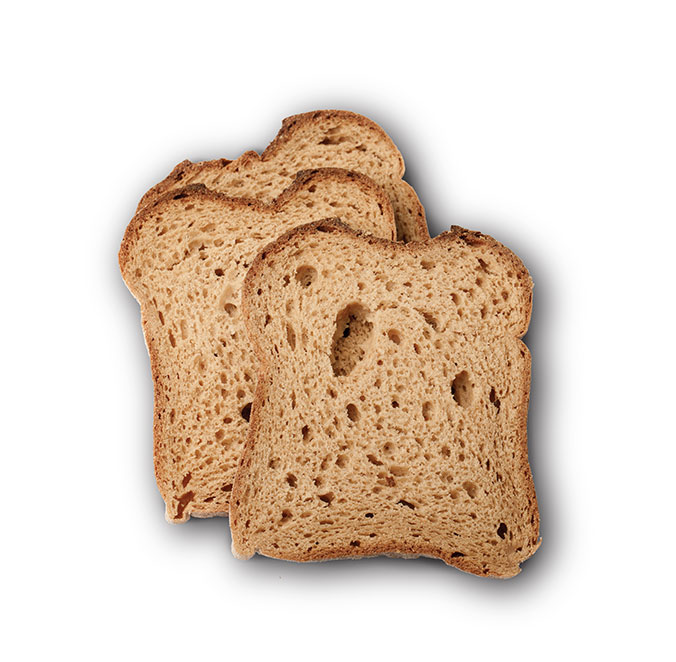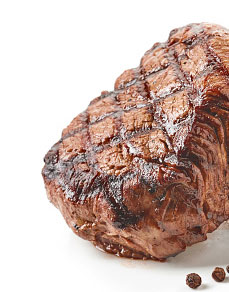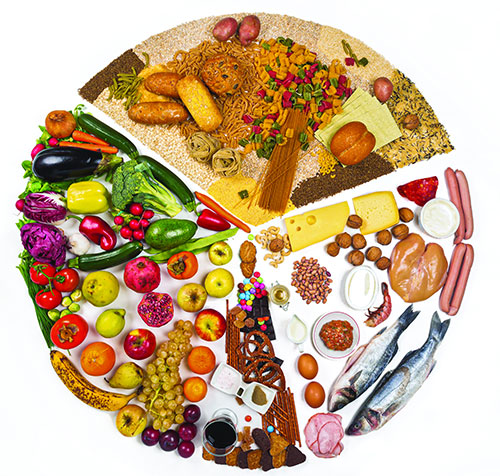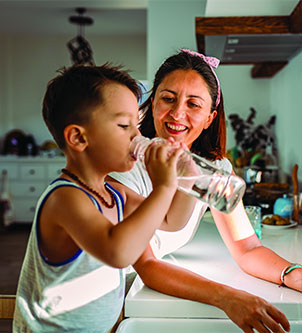


Iron fortified grains (bread, tortilla, brown rice, pasta)

Legumes (peas, beans, lentils)

Lean red meats, fish, chicken, turkey

Dark, leafy green vegetables

Eggs

Tofu

WIC approved cereals

Dried fruits

Eat a variety of foods during the day. Most healthy foods have small amounts of iron, so eat foods from all the food groups. Focus on including iron rich foods with each meal.

Choose beverages wisely. Coffee and tea can make it hard for your body to use iron. If you drink coffee or tea, drink them between meals.

If you are pregnant, take your prenatal vitamins. They have extra iron. Remember to take any vitamin or iron supplement if recommended by your health care provider.

Eat a vitamin C food when you eat iron rich foods. Vitamin C helps your body take in iron.

When eating iron rich foods limit the amount of milk, cheese, and yogurt eaten at the same time. Dairy is a good source of calcium and protein but not iron. Calcium in dairy products can block iron absorption from food. 16-24 ounces of milk a day is enough milk for a child.

Iron fortified infant cereal and pureed meats may be given to infants starting at 6 months. Continue to give breast milk or iron fortified infant formula until 12 months of age.
| Grains | Vegetables | Proteins | |
|---|---|---|---|
| 8-9 Months | Infant cereal
|
Cooked, strained or mashed broccoli, peas, kale and spinach |
Pureed, ground or finely chopped meats or poultry |
| 10-12 Months | Warm cereal, such as oatmeal or cream of wheat If baby has pincer grasp, try o-shaped cereal Plain, whole grain bread Plain, rice or pasta |
Cooked, strained, mashed or bite size pieces of broccoli, spinach, kale and peas Peas can be a choking hazard if not mashed |
Chopped or ground lean meat, fish and chicken Cooked egg yolk Mashed beans |